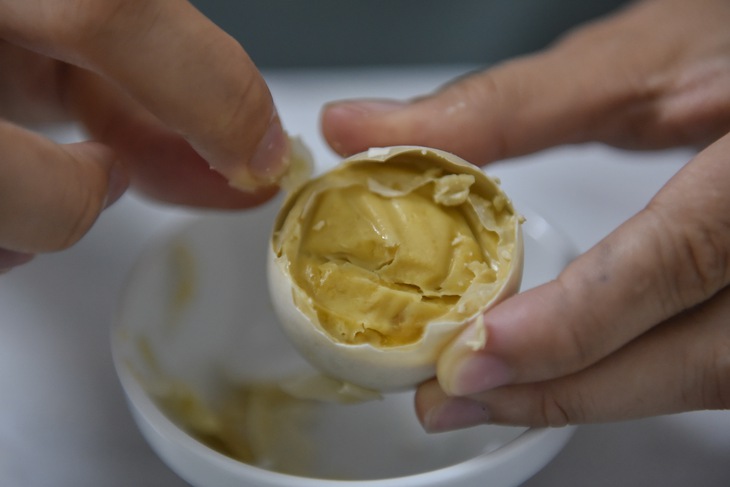you look at this image is it ok please help me


The fastest way to check – a tip for you
1) Check the label & storage
- Best before: quality guarantee date — can sometimes be used shortly after if stored correctly.
- Use-by: safety-related — don’t consume after this date.
- Eggs should always be kept in the fridge (not on the door, to avoid temperature fluctuation) and ideally in their original carton.
2) Float test — easy at home
- Fill a bowl with cold water, place the egg inside:
- Sinks and lays flat → very fresh.
- Sinks but stands upright → older but may still be usable if no signs of spoilage.
- Floats → unsafe, discard.
Reason: as eggs age, moisture escapes, and the air cell grows, making the egg float.
3) Crack test in a separate bowl
- Crack the egg into a small bowl (not directly into the pan):
- Smell: bad odor or strong sulfur smell → throw away.
- Color: unusual tints (pink, green, blue) → discard.
- Texture: very runny whites or broken yolks → not fresh.
4) If you decide to cook them
- Cook thoroughly: both the yolk and white should be firm, or cook dishes at temperatures high enough to kill bacteria (~71°C / 160°F).
- Avoid recipes with raw or lightly cooked eggs (e.g., homemade mayo, Caesar dressing, tiramisu, sunny-side up) if the eggs are questionable.
5) Who should avoid questionable eggs
- Pregnant women, children, elderly people, and those with weakened immune systems — discard if in doubt.
6) Signs to throw away immediately
- Cracked shells, foul smell, unusual colors, floating in water, or far past the use-by date.
7) Preventing future disputes with your partner
- Suggest doing the float test together and cracking one egg to check before deciding.
- If still unsure, buy a new carton — cheaper than risking health.
- Set a “house egg rule” — store them properly, check dates, and use the oldest ones first.